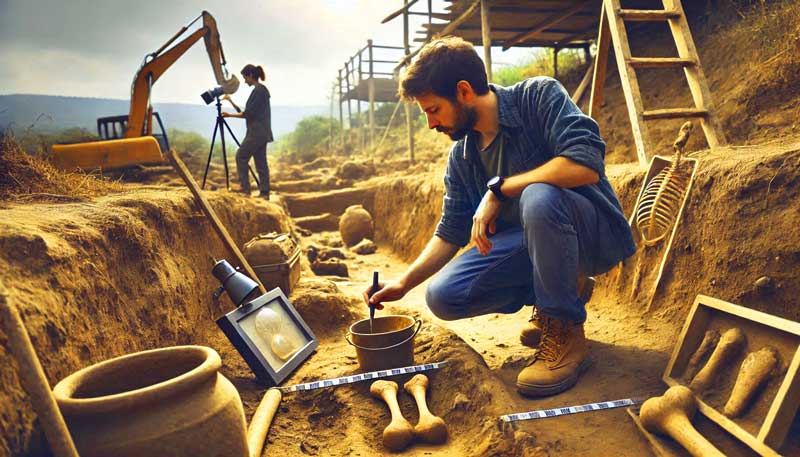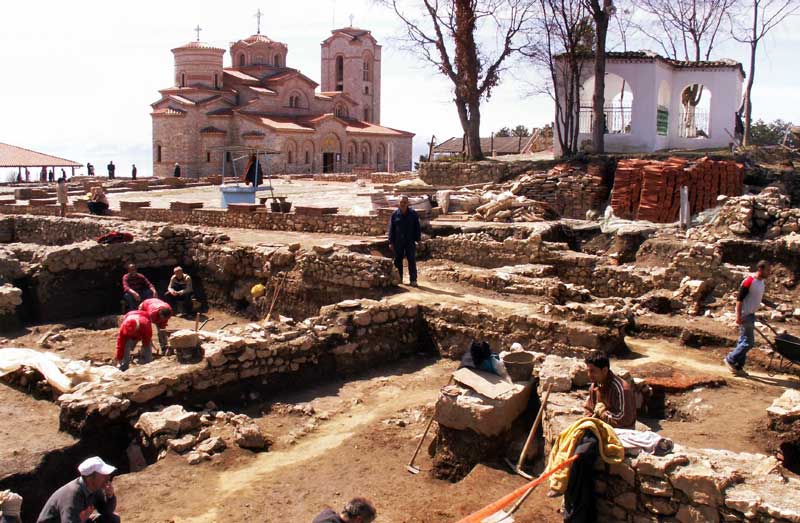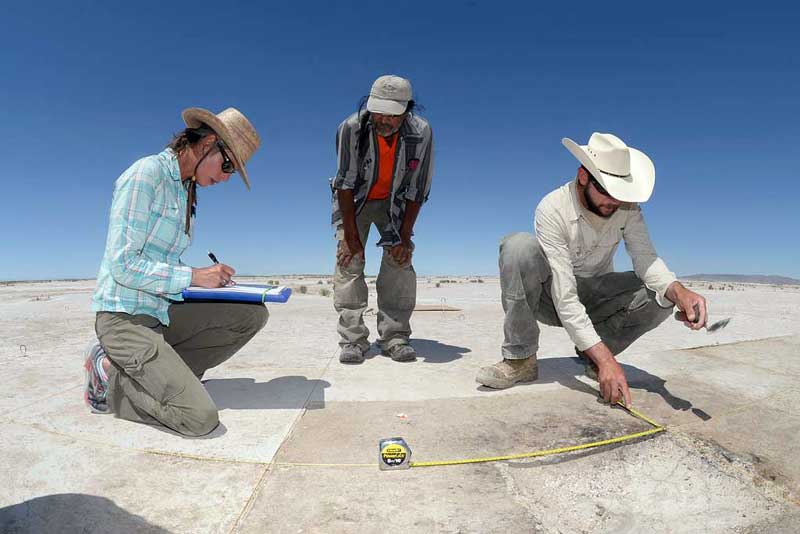 Excavation is one key step for uncovering objects hidden in the ground, ocean floor, and Mountains. It helps us reach ancient civilizations that were buried long ago and lost in time. Uncovering the remains of ancient people helps us understand their living, working, and interaction with the environment.
Excavation is one key step for uncovering objects hidden in the ground, ocean floor, and Mountains. It helps us reach ancient civilizations that were buried long ago and lost in time. Uncovering the remains of ancient people helps us understand their living, working, and interaction with the environment.
What is Excavation?
Excavation in archeology is a process of digging into the ground in search of finding artifacts and hidden structures. The artifacts and structures can be bones, pottery, tools, jewelry, buildings, walls, and roads. The sites for excavation, also called “digs”, are chosen after research and survey by archeologists. The ultimate purpose of excavation uncover and preserve the layers of history buried beneath the ground.
Excavation in archeology is a very delicate process that needs to be handled very carefully to avoid any damage to fragile artifacts. For this purpose, they also use smaller tools like trowels, brushes, and sieves beside heavy machinery. Using smaller tools and digging manually is a tedious task but it uncovers items without causing any damage. Moreover, all the findings, date, time, and location are also recorded along the way.
Preparing for an Excavation
 Archeologists spend considerable time studying and examining the ancient site before starting excavation. Preparing the excavation plan helps in choosing the right location and uncovering artifacts safely. The site for excavation is selected based on clues and evidence of where ancient people could have lived. For example, ancient scripts sometimes suggest the location of lost cities and battlegrounds.
Archeologists spend considerable time studying and examining the ancient site before starting excavation. Preparing the excavation plan helps in choosing the right location and uncovering artifacts safely. The site for excavation is selected based on clues and evidence of where ancient people could have lived. For example, ancient scripts sometimes suggest the location of lost cities and battlegrounds.
Archeologists keep visiting various sites that are good candidates for possible settlement of ancient civilization. They survey the sites on feet and examine the surface for patterns or artifacts that are somehow revealed on the ground. Also, they use drone technology, LiDAR, and ground penetrating radar to look for hidden structures and roads under the forests or plain ground.
Common Excavation Techniques
Various techniques have been developed for excavating the archeological sites systematically. These techniques are grid system, stratigraphic excavation, test pits, and horizontal and vertical excavations. They are selected based on the make-up and location of the site.
- Grid System – In this technique, the excavation site is divided into small squares with the help of stakes, ropes, and flags. Dividing the site into small sections makes it easier for archeologists to map the discoveries.
- Stratigraphic Excavation – In this technique, the soil is removed layer by layer and follows the natural levels of soil deposition. The soil is removed in layers to preserve the historical sequence of discovered artifacts – the deeper artifacts are the older ones.
- Test Pits – These are small holes that are dug before continuing full-scale excavation for searching worthy archeological sites.
- Horizontal Excavation – In this technique a wide area of a particular layer is excavated to reveal artifacts that belong to the same timeline. This technique is used to study a specific moment in the past.
- Vertical Excavation – This technique involves digging vertically in the site to study multiple time periods and reveals the evolution of the site over time.
Recording and Preserving Findings
 One of the most critical steps in archeology is to properly record and preserve the artifacts and structures. Archeologists take extra care for handling discovered artifacts during an excavation. They properly document each finding and then preserve it for future study.
One of the most critical steps in archeology is to properly record and preserve the artifacts and structures. Archeologists take extra care for handling discovered artifacts during an excavation. They properly document each finding and then preserve it for future study.
Documenting Discoveries
When an artifact is revealed during an excavation, archeologists record details before moving it to safe custody. Here are some of the details that are recorded:
- Photos – High-quality photographs of the discovered artifacts along with their surroundings are captured. They show the accurate location of the artifacts and their position in the soil for later studies.
- Drawings – Archeologists often draw sketches and diagrams of the site and its layers. They mark the location of every artifact and their position in the large structures.
- Notes – Archeologists keep a detailed written record of every possible description of the artifact including conditions in which it was discovered and their measurements.
Storing and Preserving Artifacts
After successful removal of artifacts from the ground and documentation, they are carefully stored and preserved. Here are the main steps taken for storing and preserving the artifacts:
- Cleaning – Artifacts are covered with soil and debris which needs to be cleaned carefully. Initially, archeologists clean the artifacts with brushes and soft cloths. After that, they carefully remove residual soil and particles precisely at the labs.
- Labeling – Discovered artifacts are given code names and unique identification numbers to link them with other records.
- Storage – Artifacts are often stored in climate-controlled containers and padded boxes for protection from physical damage, moisture, and temperature.
Fun Facts
- Excavation is not always about digging in the ground! Instead, it also involves ground penetrating radars to look underground without harming the soil and underground ancient structures.
- Many archeological sites require decades to uncover them and piece together their history. These types of archeological sites include ancient cities, underground structures, and pyramids.





